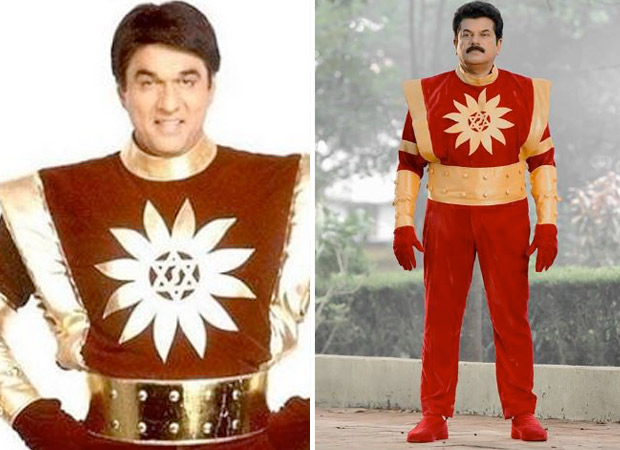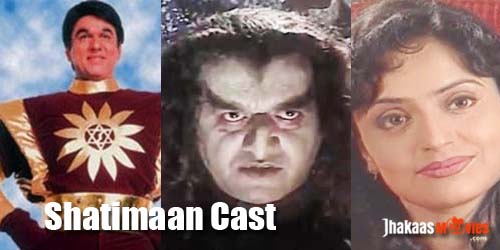


The standard training method for most animals in films and circus is punishment, which could range from a simple scolding to brutal beating, and even whips with a chain. Pic: ĭirect physical punishment and deprivation of food are the two main strategies used by animal trainers to ‘discipline’ animals before, during and after a shoot. Thus little can be done about subtle and ‘hidden’ cruelty that continues to be prevalent.Ī baby elephant being trained for the circus. However, official monitoring machinery during shooting is absent and it is nearly impossible to get living proof of mistreatment and abuse. In August 2005, in response to PETA India’s approach to frame legal interventions for empathetic treatment of animals in films, the Bombay High Court issued a judgement calling upon the Central Board for Film Certification (CBFC) to ask applicants to furnish a no-objection certificate from the AWBI, before certifying any film in which animals have been used. Proficient animal trainers who have guided animals to perform a large repertoire of tricks are readily available." "Casting an animal is a streamlined process abroad. Sneha says she prefers shooting in South Africa when there is an animal involved. Dog lovers recommend friends of friends, or you have to approach the Kennel Club," says Sneha Iype who made ad films featuring animals. In India, “animals are mostly sourced from a network of pet owners and they are usually trained just weeks before a shoot. The AWBI also does not permit exposing animals in films to explosives, making them jump or fight, or even use of abusive language against them. Pre and post-shoot permissions from the AWBI are compulsory if you're shooting with an animal. The AWBI oversees the participation of animals in film and television productions and ensures that four-legged or feathered creatures do not get a raw deal.
Shaktimaan movie 2016 how to#
The Chennai-based Animal Welfare Board of India (AWBI) has specified very strict rules about how to use animals in films and the treatment to be meted to them.

More often than not, animals used in films are treated shockingly by trainers, attendants and caretakers, with filmmakers turning a blind eye to the cruelty and torture on these creatures that cannot speak or protest. While such condemnation is indeed warranted, it would also be interesting to explore whether the outrage is selective and how society deals with common practices of animal treatment in institutionalized settings, for example in cinema. In an attempt to stop the spread of gangrene, the doctors amputated one of its legs and fitted a prosthetic limb.įollowing the incident, the media across channels – print, web and social media – went wild with accusations and castigation of the perpetrators. A team of ten doctors fixed Shaktimaan’s fractures. Joshi is seen in a video clip attacking the horse at its legs with the other agitators adding to the horse’s agony.Īs a result of such violent abuse, the horse was badly injured and had to be carried to a vet hospital in a truck.

The universality of these words and the book comes across strongly again with the recent incident where a police horse, Shaktimaan, was beaten up brutally by the goons of BJP MLA Ganesh Joshi. The above words explain George Orwell’s motivation to write his universally renowned work Animal Farm (1946). It struck me that if only such animals became aware of their strength we should have no power over them, and that men exploit animals in much the same way as the rich exploit the proletariat. I saw a little boy, perhaps ten years old, driving a huge carthorse along a narrow path, whipping it whenever it tried to turn.


 0 kommentar(er)
0 kommentar(er)
